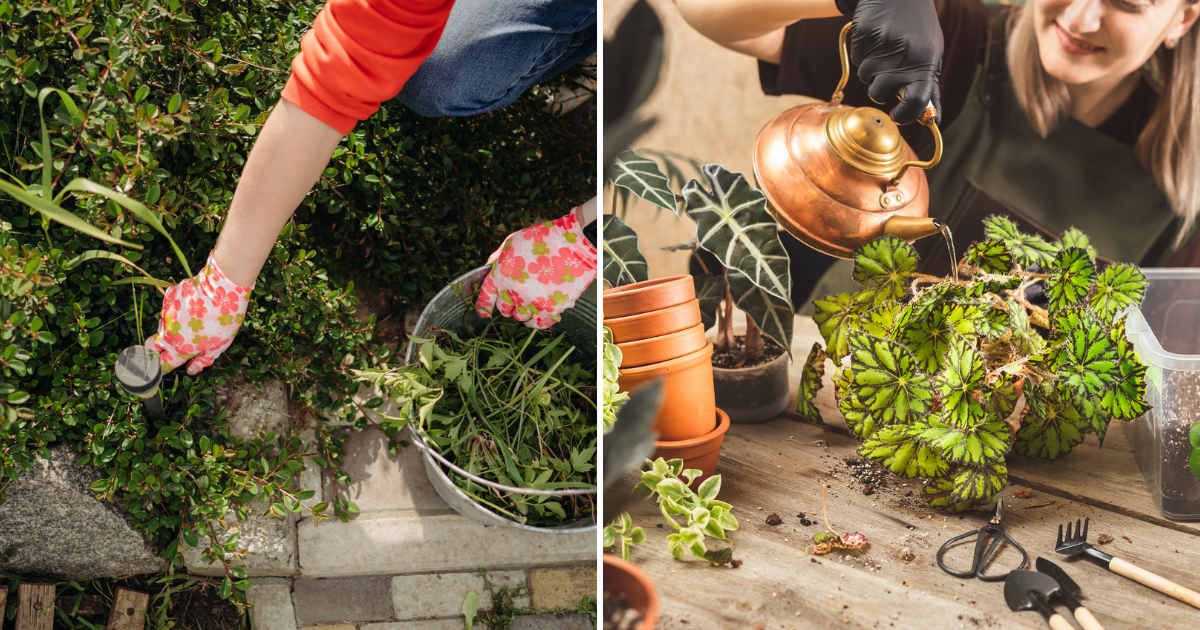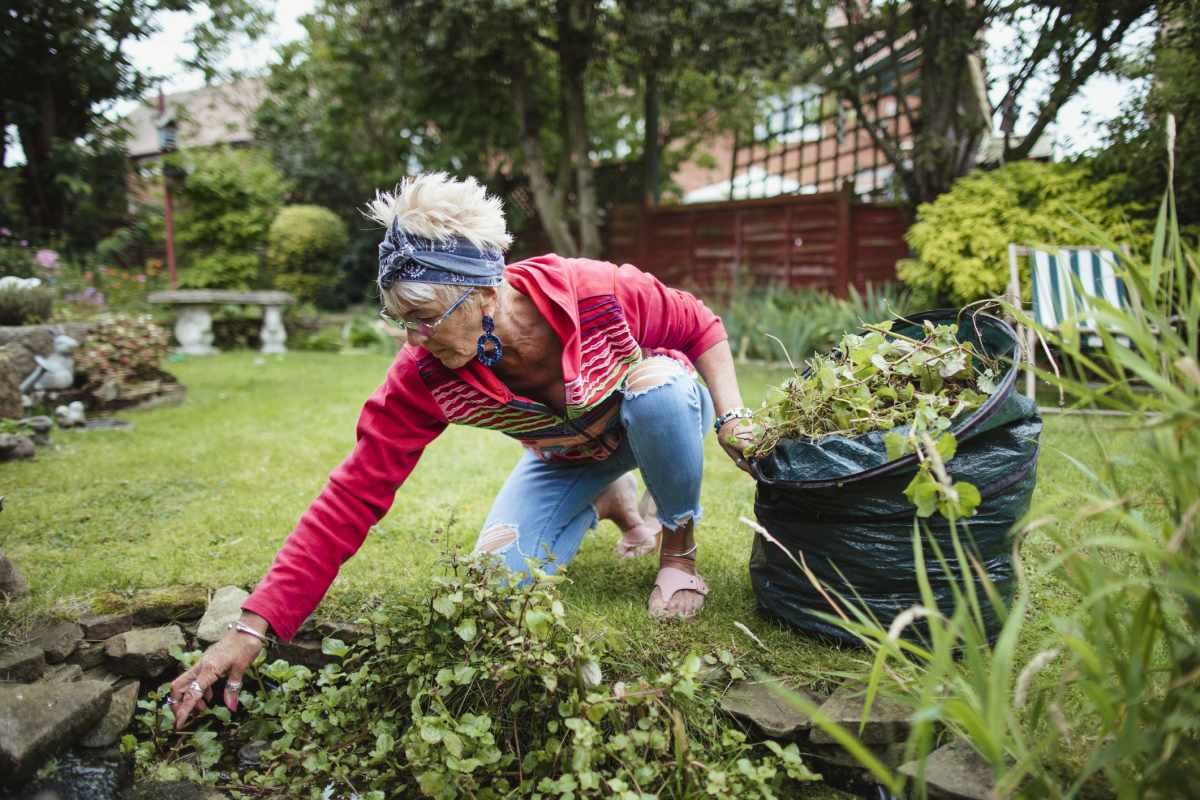Gardeners Are Pouring Boiling Water to Kill Weeds — but Experts Reveal the Right Way of Doing So

A week ago, dozens of people marched towards Kentucky’s Laurel Lake and hopped on paddleboards to pull apart chestnut weeds that were choking the waters of the lake, reported Berkshire Eagle. Weeds are those gate-crashers that don’t need an invitation to pop up in your garden. You’ll spend days tugging on them, yanking, or setting them aflame with super-scorching steam. But alas, once they make a place their home, they won’t go away without a lot of elbow-greasing effort. In a conversation with Better Homes & Gardens, plant care expert Chelsea McKinley shared a blatantly simple method you can use to liberate your garden from the intrusion of meddlesome weeds.

How do weeds damage your plants?

Weeds, in simplified terms, are the plants that are where they shouldn’t be. Whenever there are changes in temperature, weather, or other environmental factors, weeds take advantage. By sucking up resources like water and nutrients from the plants’ root systems, they shoot from the ground and colonize the entire plant bed. Once they start growing, they overpower and compete for the resources, spreading uncontrollably and eventually taking over the whole ecosystem.
View this post on Instagram
Some of the weeds, like horseweed and milkweed, even cling to the gusts of winds carrying tufts of seeds, animal hair, or shoe dirt to spread and invade a garden bed, per MarksMen. While they colonize the territory of other plants, they squeeze up resources, leading to the declining health of plants and a shortage of food for the animals. They are unwelcome and undesirable, but it isn’t too easy to free your plants from their threatening influence. There are tons of weed-removing tools available on the market, but McKinely recommends a much simpler option: boiling water.
Can boiling water help in weed removal?

McKinley, who is also a health care specialist at the United States Botanic Garden, shared with Better Homes & Gardens that boiled water acts like a contact herbicide that loosens the grip of weeds onto the roots and helps you rip them apart. “Boiling water works best on smaller plants, seedlings, and immature plants. Anything with a deep tap root or an extensive root system is going to be difficult to control with heat,” McKinley explained. However, she cautioned that boiling water won’t work on woody weeds. For instance, splashing a generous jet of hot water on a dandelion bush or a cluster of poison ivy won’t help.
How to use boiling water to kill weeds?
View this post on Instagram
McKinley recommended boiling water in a tea kettle and pouring it precisely on the weed you desire to kill. You can use the tea kettle itself to pour the liquid. Pour enough water to saturate the leaves, the stems, the roots, and the entire plant. A single application will likely not kill the entire weed, and repetitive applications may be required in most cases, most likely between 7 to 10 days. McKinley also added that she won’t use boiling water on a big garden bed because it is quite unlikely that it will work there. A veggie garden would be a suitable area, though.
More on Green Matters
Landscape Fabric Seems Like an Easy Solution for Weed Problems — but Experts Say It’s a Bad Idea
Don’t Ditch Your Old Newspapers — They Could Be The Solution for Your Garden’s Weed Problems
Experts Brilliantly Explain How to Use Cardboard Boxes to Kill Weeds in Your Garden